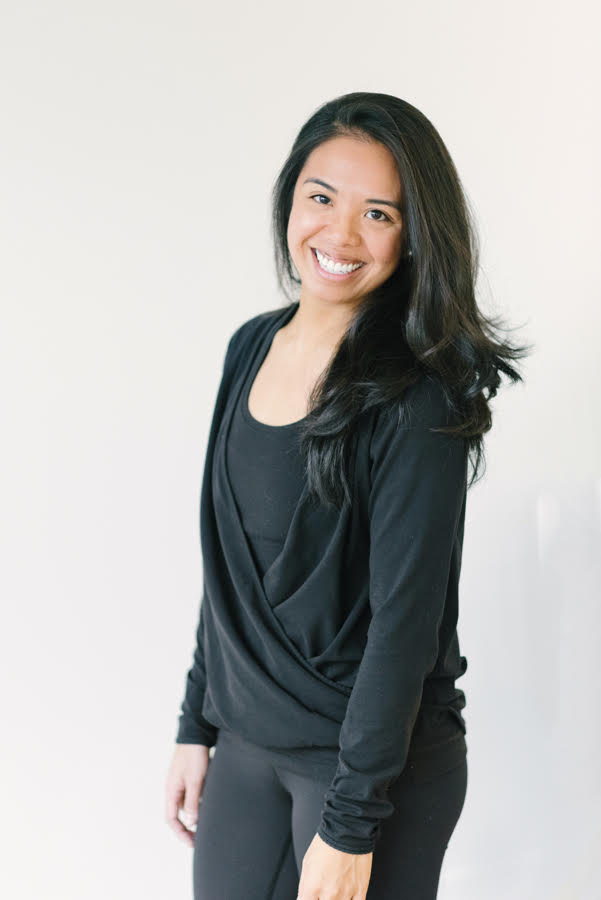Scoliosis: The Pirouette of the Spine (Andrea Mendoza)
The complex 3-dimensional curvature of the spine referred to as Scoliosis affects 3% of all adolescents, with preliminary research showing that the prevalence among dancers may be increased. With scoliosis, the spine bends and turns in multiple planes, resulting in a complicated spinal alignment that can affect a dancer in many ways.
Often, the postural asymmetries common in teenagers with scoliosis are noticed by individuals other than the teenager themselves - their parents, their healthcare providers, or their community activity instructors such as dance teachers.
In particular, the combination of a child/teen’s recurrent dance classes over months or years, the sport’s trends of fitted dancewear, and a dance instructor’s detailed eye for
alignment creates an optimal opportunity for teenagers with scoliosis to be identified. Weaving together scoliosis-related topics such as the pathomechanical development
of spinal curvatures, screening techniques and measures, referral recommendations, and tips to support dancers with scoliosis, this discussion’s intention is to enable dance teachers and healthcare providers to understand and expand their roles in a dancer’s scoliosis journey.
This presentation aims to increase the dance community’s access to rare scoliosis information, thus enabling earlier identification of adolescents developing scoliosis. Prompt diagnoses and treatment allows dancers to understand their unique spinal curvature and empowers them to adapt to their changing postural alignment. When a dancer can consciously implement new postural strategies learned during scoliosis-specific Physiotherapy, they can adjust their movements to improve their technique and advance their proficiency in both foundational drills and choreographed routines.
Often, the postural asymmetries common in teenagers with scoliosis are noticed by individuals other than the teenager themselves - their parents, their healthcare providers, or their community activity instructors such as dance teachers.
In particular, the combination of a child/teen’s recurrent dance classes over months or years, the sport’s trends of fitted dancewear, and a dance instructor’s detailed eye for
alignment creates an optimal opportunity for teenagers with scoliosis to be identified. Weaving together scoliosis-related topics such as the pathomechanical development
of spinal curvatures, screening techniques and measures, referral recommendations, and tips to support dancers with scoliosis, this discussion’s intention is to enable dance teachers and healthcare providers to understand and expand their roles in a dancer’s scoliosis journey.
This presentation aims to increase the dance community’s access to rare scoliosis information, thus enabling earlier identification of adolescents developing scoliosis. Prompt diagnoses and treatment allows dancers to understand their unique spinal curvature and empowers them to adapt to their changing postural alignment. When a dancer can consciously implement new postural strategies learned during scoliosis-specific Physiotherapy, they can adjust their movements to improve their technique and advance their proficiency in both foundational drills and choreographed routines.
Andrea Mendoza |
After providing Physiotherapy treatment to many teens diagnosed with scoliosis and observing their families’ anxiety and frustration with a lack of services, Physiotherapist Andrea Mendoza launched The ScoliClinic in 2016 as a solo practice dedicated to addressing families’ scoliosis-related physical and emotional needs. Fast forward to present day: with 3 locations in Canada, 1 in Australia, and a team of 23, The ScoliClinic’s reach has broadened beyond early expectations to fill gaps of the medical system, providing high quality scoliosis-specific Physiotherapy and Massage Therapy to kids, teens, and adults with spinal conditions.
The ScoliClinic team combines their specialized scoliosis training with their appreciation of social and emotional complexities of human interaction, continually evolving The ScoliClinic’s service to the scoliosis community to change the landscape of conservative scoliosis management in British Columbia and beyond. |

